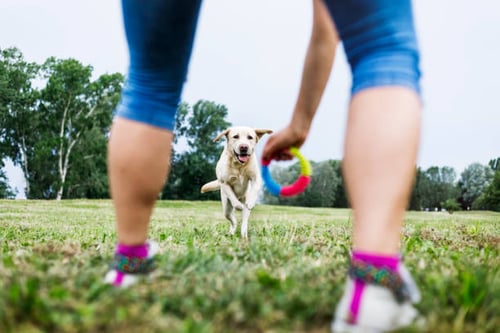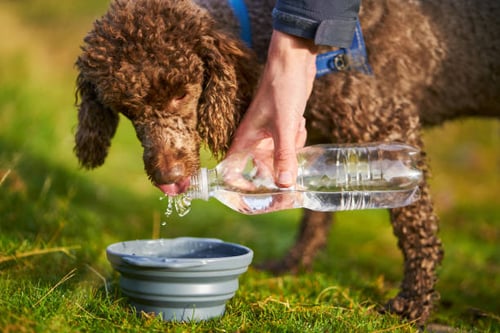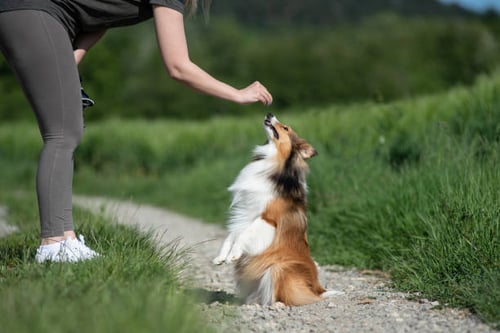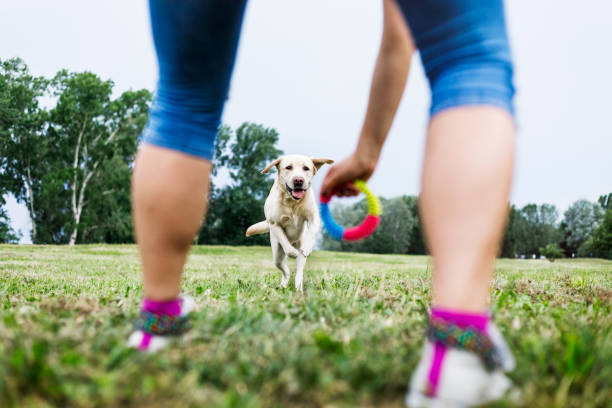With the arrival of warmer weather, outdoor dog training sessions become not only possible but also highly beneficial. Training dogs outside provides them with much-needed exercise, mental stimulation, and the opportunity to practice behaviors in different environments under various distractions. However, the heat and increased outdoor activity can pose unique challenges and safety concerns. This blog post will explore effective outdoor dog training techniques tailored for the summer months, ensuring that both safety and fun are prioritized.

1. Timing is Everything
Beat the Heat: Schedule training sessions during the cooler parts of the day—early in the morning or later in the evening—to avoid the peak heat times. Not only is it more comfortable, but it also reduces the risk of heat stroke and dehydration for both you and your dog.
2. Choose the Right Location
Find a Shady Spot: Opt for training locations that offer ample shade to keep both you and your dog cool. Parks with large trees or areas with covered pavilions are ideal. The right location can make a significant difference in the comfort and length of your training sessions.
Use Varied Terrain: Utilize different types of terrain to keep the training sessions engaging and to test your dog’s obedience across various conditions. Grass, sand, and gentle slopes can provide good physical challenges and mental stimulation.
3. Keep Hydration in Check

Water Breaks: Always bring plenty of fresh, cool water for your dog. Take regular water breaks to ensure they stay hydrated throughout the session. Consider carrying a portable or collapsible water bowl that’s easy to pack and carry.
4. Focus on Recall Training
Safe and Responsive: Outdoor environments are full of distractions and potential dangers. Training your dog to reliably respond to a recall command is essential. Use treats and positive reinforcements to encourage your dog when they come back to you despite distractions.
5. Incorporate Play and Training
Fun Learning: Mix training with play to keep your dog interested and excited about the sessions. Use toys for retrieval games, which can also serve as training exercises for commands like “come,” “drop it,” and “leave it.”
6. Use the Environment to Your Advantage
Natural Obstacles: Use the natural features of the park or training area to practice commands and tricks. For example, a bench can be used for “up” and “down” commands, while a tree can be great for “stay” and “come” practices.
7. Protect Their Paws

Check the Ground: Be mindful of the surface where you are training. Hot pavement or sand can burn a dog’s paws, so try to train on grass or other cool surfaces. If the ground is too hot for your hand, it’s too hot for your dog’s paws.
8. Watch for Signs of Overheating
Know the Signs: Be aware of the signs of overheating in dogs, which include excessive panting, drooling, increased heart rate, and lethargy. If you notice any of these signs, stop the training session immediately and move your dog to a cooler environment.
9. End on a Positive Note
Positive Reinforcement: Always end training sessions with a positive outcome or a fun game. This ensures that your dog remains enthusiastic about future sessions and helps to strengthen the bond between you.
Training your dog outdoors during the warmer months can be a rewarding experience that fosters both physical health and obedience. By following these tips, you can ensure that your training sessions are safe, effective, and enjoyable. Remember, the goal of dog training is to build a bond of trust and mutual respect, and adapting your techniques to the outdoor environment is a fantastic way to enrich your dog's training experience.
Subscribe to the Gingr Blog






